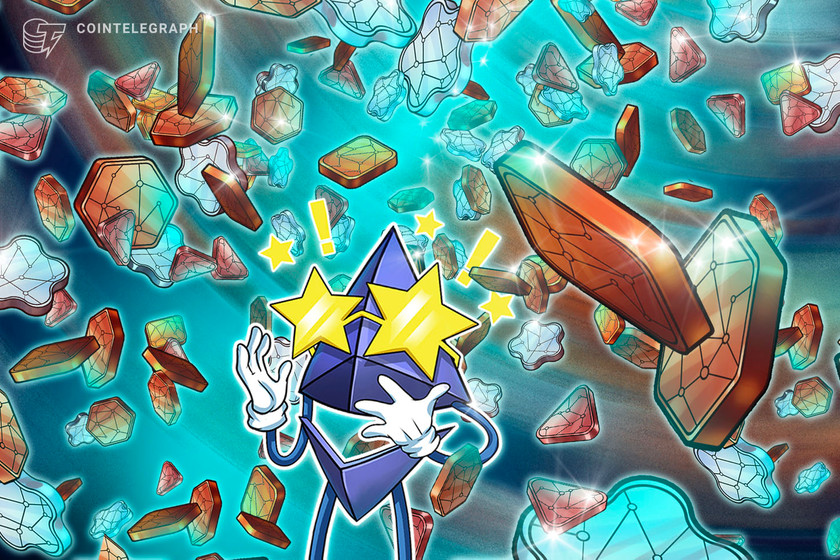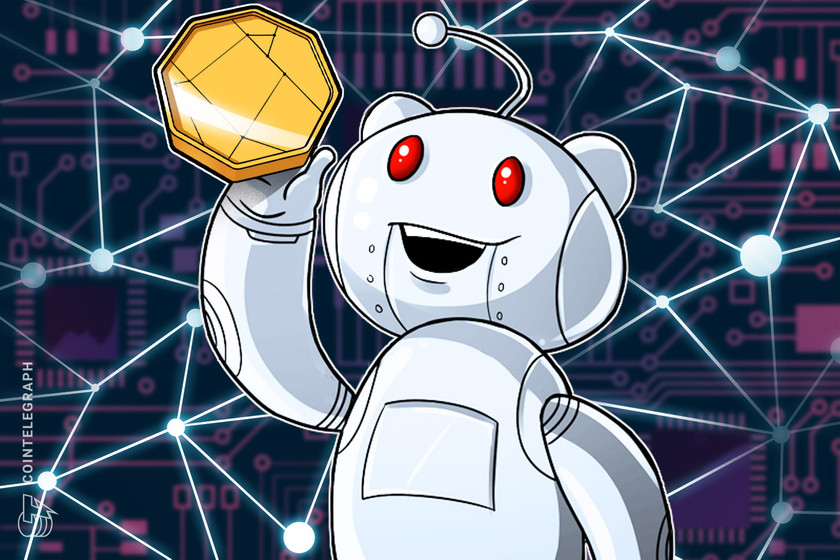
The Turkish crypto and blockchain ecosystem is working hard to build during the bear market, according to local experts.
The people of the Turkish crypto ecosystem are very eager to apply the age-old words of wisdom, “The bear market is an opportunity to build,” to make İstanbul -the business hub of Turkey- home to the global hype surrounding Ethereum.
Turkey is one of the most active countries in crypto and blockchain, and its interest extends beyond market movements. Along with a considerable base of crypto investors, the local community consists of university clubs, Web3 startups, blockchain developers and academics. The country has hosted significant events like ETHIstanbul, Blockchain Economy Istanbul and Istanbul Blockchain Week and aims to achieve more.
The high inflation rate is a key driver behind Turkey’s growing interest in crypto assets, according to economist Erkan Öz:
“Many people [in Turkey] think that they can no longer buy a car or a house within the classical financial system. For this reason, interest in crypto assets is increasing daily.”
However, he noted that the crypto adoption is yet to be fully translated to blockchain startups or projects because there are no healthy regulations to meet the needs of the ecosystem. “Turkey should establish a legal infrastructure that will both protect investors and support blockchain and crypto assets as soon as possible,” Öz added.
The thriving local crypto ecosystem has a newfound ambition that unites the Bitcoin maximalists with “Shibarmy” troops —bringing the DevCon 7, the largest conference for the Ethereum ecosystem, to Istanbul. Supported by key local figures, the movement reached large masses in a short time.
Nowadays, if you look at the Twitter accounts of the names in the Turkish ecosystem, you will see the phrase #DevconIstanbul next to their names. The initiative is rooted in the digital world, but it didn’t take much to expand it into the physical reality—the last example being ETHIstanbul's After Merge Party.
Despite the fast-growing crypto adoption, Turkey lacks behind in terms of startups and developers, according to Turan Sert, author of two Turkish books about blockchain and decentralized finance (DeFi), respectively:
“We started late, but we are growing fast. The main reason for this is student clubs—the success of student clubs abroad and their resonance in Turkey.”
Sert explains that the success of crypto and blockchain-focused student clubs in foreign events had great repercussions and contributed to the increase in the number of developers in Turkey.
- Why #DevCon 7 should be in Istanbul?
— gem (@cemdx) September 27, 2022
+ The way to the heart is through the stomach #DevConIstanbul #Ethereum pic.twitter.com/ycuSaZFlW1
DevCon is set to held in Bogota this year between Oct. 11-14 after several delays. Tansel Kaya, an academic at Kadir Has University and the CEO of Mindstone, emphasizes the importance of bringing the event to Turkey for talented students who do not have the opportunity to attend such events.
“We want our software developers and student communities in Turkey to meet the names in DevCon events, but it is not always easy to go abroad,” Kaya explains, adding: “If we can't go out, we have to bring them here.”


















